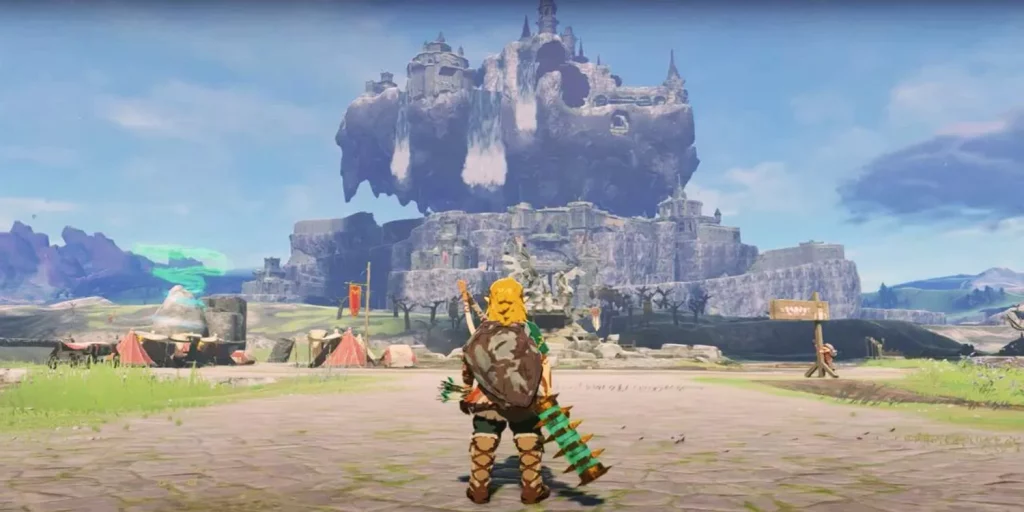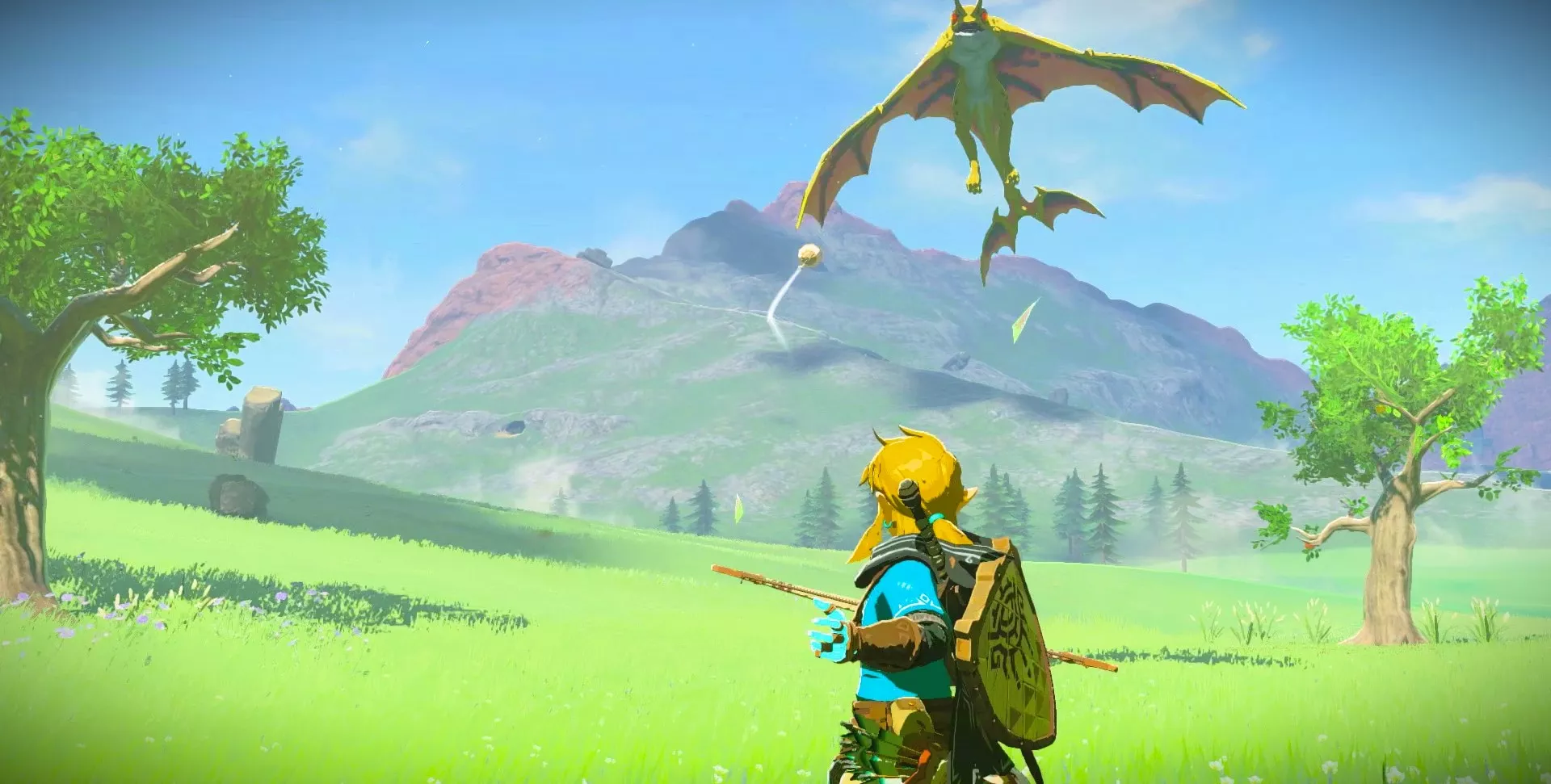While the open-world genre may seem oversaturated, there are moments when a game’s exceptional quality allows it to stand out from the crowd. An exemplar of this phenomenon is found in Zelda: Tears of the Kingdom, where Nintendo masterfully builds upon the acclaimed foundation set by Zelda: Breath of the Wild, resulting in an arguably more comprehensive gaming experience. Zelda: Tears of the Kingdom breathes new life into the original game’s expansive map by introducing novel regions and equipping Link with groundbreaking abilities that bestow an unprecedented level of freedom within the genre.
Zelda: Breath of the Wild garnered both critical acclaim and commercial success due in no small part to its ability to evoke a genuine sense of solitude and exploration. Navigating the vast expanse of Hyrule‘s terrain, which ranges from towering mountain panoramas to labyrinthine underwater caves, is a challenging endeavor. The game’s incorporation of temperature fluctuations impacting the player lent it an air of realism, even amidst its vibrant art style. Rather than opting for a mere rehash of Hyrule’s map, Tears of the Kingdom takes a different approach. It presents players with a thriving Hyrule, densely populated and teeming with vitality, while also granting access to two new realms: the expansive skies above Hyrule and the perilous Depths beneath it.
Revitalizing Hyrule: Tears of the Kingdom’s Novel Adventures

Tears of the Kingdom tasks Link with revisiting familiar locales from the inaugural game, like Zora’s Domain and Death Mountain. However, the game employs a meticulous approach to ensure that each of these areas possesses distinct differences compared to their previous iterations. Whether through alterations to the structural layout or the introduction of fresh gameplay elements – such as the fierce sandstorm shrouding Gerudo Town – Tears of the Kingdom maintains a sense of novelty within Hyrule.
Above the expanse of Hyrule, the skies now host grand, ancient floating structures that beckon Link’s exploration, contingent upon him possessing the requisite tools for such journeys. Accessing these domains entails various methods, including the operation of Zonai devices, each with varying degrees of utility. Alternatively, Link’s time-altering Recall ability can rewind the descent of plummeting rocks, facilitating ascents. The intricate layout of these structures necessitates more precise platforming, a departure that demands skill to avert unplanned descents to the ground.
Across the expanse of Tears of the Kingdom’s Hyrule, a pernicious substance referred to as Gloom has birthed ominous pitch-black voids within the Earth. The intrepid can dare to plunge into these abysses and explore the Depths beneath, a realm replete with enigma and revelation. Traversing the Depths yields a profoundly distinctive experience, as unrelenting darkness compels players to judiciously manage resources, ever in suspense of what lies ahead. For those so inclined, a direct dive from a skyborne floating structure to the very nadir of the Depths can be undertaken sans any loading screens. This showcases both the game’s commendable technical prowess and the map’s remarkable diversity.
The triumph of Breath of the Wild set towering expectations for its sequel from the moment of its announcement. The achievement of Tears of the Kingdom in surpassing these lofty anticipations stands as a remarkable accomplishment in its own right, evoking visions of future possibilities for fervent fans of the series. Amidst swirling rumors of the Nintendo Switch 2, a successor to the original Nintendo Switch, the prospect of a third installment in this series potentially materializing on a novel platform looms. Such an evolution would empower Nintendo to stretch the limits of expectation even further.

